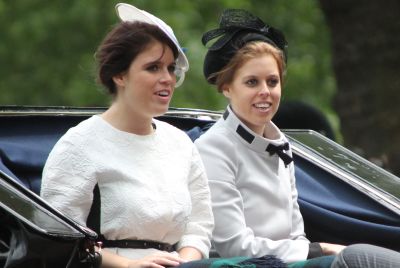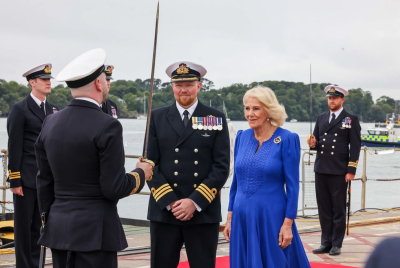Royal rebel elevated to 'saint': Diana 25 years after death
In recent years, her image has shifted as her sons fiercely defend her memory and use her purported mistreatment by the press in their own battles with media outlets.
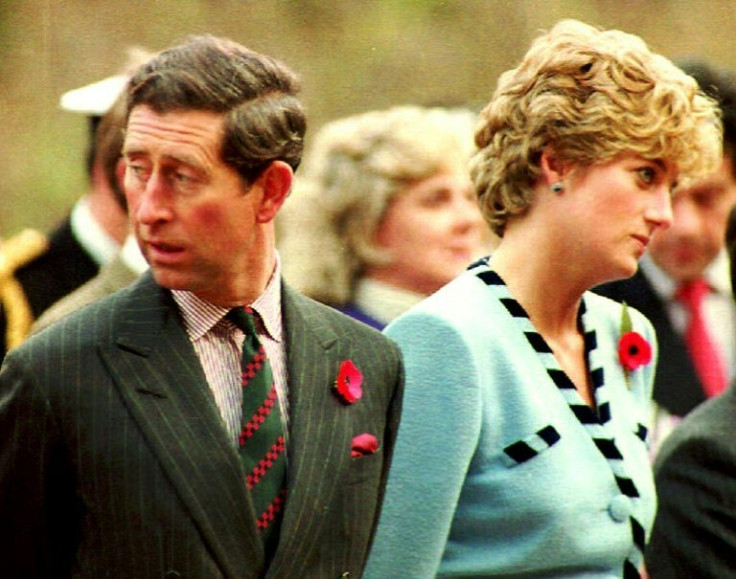
From her engagement to Prince Charles as a shy teenager to her roles as doting mother, humanitarian and global celebrity, Diana's turbulent 36-year life still captivates people around the world.
Young, beautiful and fun, she seemed refreshingly informal when she married the heir to the throne in 1981 aged 20, after what the media portrayed as a fairytale romance.

But the acrimonious breakdown of her marriage to Charles, with salacious details filling the tabloids, tipped the monarchy into perpetual crisis while driving her to self-harm.
In an extraordinary 1995 interview, she spoke out candidly about her husband's affair with Camilla Parker Bowles and her own infidelity.
Stripping the monarchy of its mystique and casting doubt on Charles's ability to be king, the interview drew horror in parts of the British establishment.
In recent years, her image has shifted as her sons fiercely defend her memory and use her purported mistreatment by the press in their own battles with media outlets.
"Now she is the sainted figure and they have elevated her as such, because they have talked repeatedly of how she was hounded to her death by the media," said royal historian and author Ed Owens.
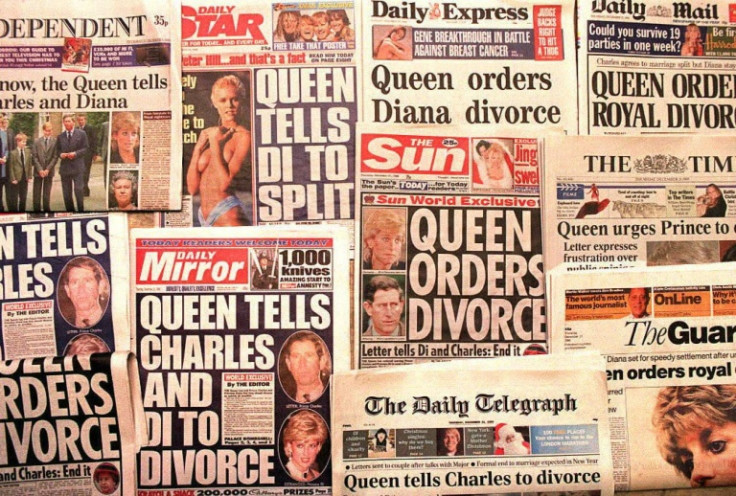
A recent Hollywood film and popular Netflix series "The Crown" have presented fictionalised accounts sympathetic to Diana, reviving interest in her life and style.
"I think 'The Crown' is going to do much when it returns to our screens this autumn to embellish that idea of a human tragedy, again a saintly figure," Owens added.
Born on July 1, 1961, Diana hailed from the aristocratic Spencer family with close ties to the monarchy: her father worked for king George VI and Queen Elizabeth II.
She grew up with three siblings, in a childhood marred by the bitter break-up of her parents.
She left school at 16 with no qualifications and went to finishing school in Switzerland, before getting a job in a nursery in London.
From the moment she was linked to Charles, however, her life changed.
The prince was under increasing pressure to find a bride, and proposed at the age of 32.
Diana said they only met 13 times before their wedding.
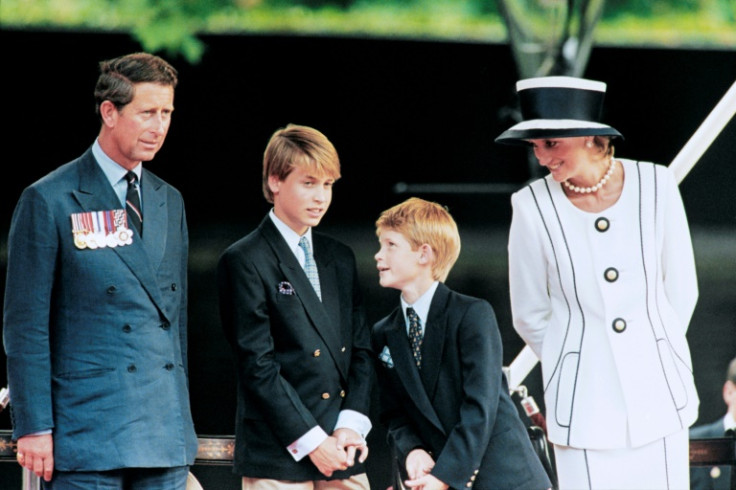
Heir to the throne Prince William was born the following year, followed by Prince Harry two years later.
Robert Hardman, a former royal reporter and author of "Queen of Our Times: The Life of Queen Elizabeth II", described Diana as an "absolutely devoted mum".
"She gave them both the same sort of support, attention, encouragement, indulgence," he said.
Diana also possessed a strong empathy and sense of style, and rode a wave of popular enthusiasm for the monarchy.
She used her position to champion marginalised groups, shaking hands with patients with AIDS and leprosy, who were viewed as pariahs at the time.
But privately she was plagued by bulimia and fears her husband did not love her -- and the rest of the royal family did not care.
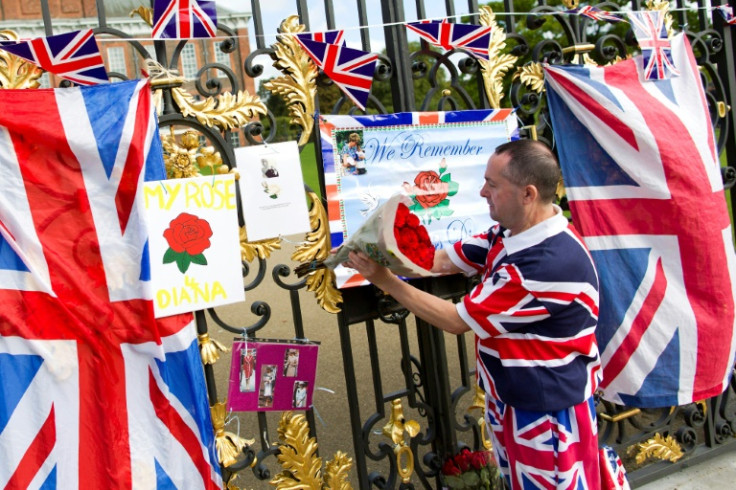
Rumours the marriage was in trouble broke in 1992, after biographer Andrew Morton lifted the lid on Diana's misery with a revelatory book, based on audio tapes made by the princess in response to his questions via a mutual friend.
That year ended with the bombshell announcement that the royal couple would separate.
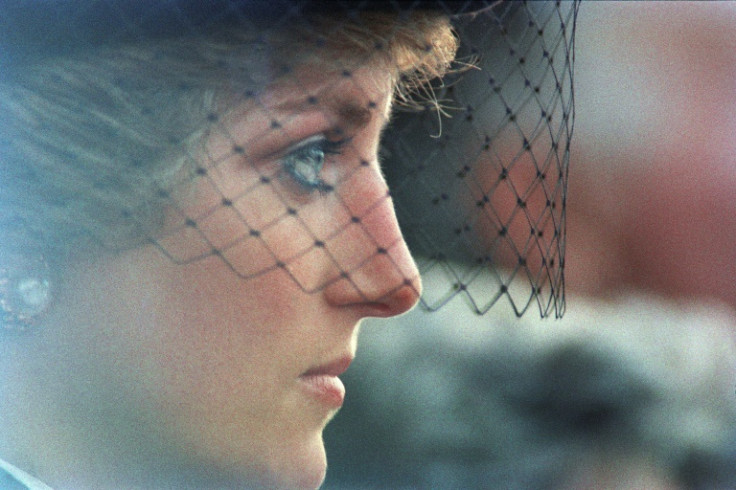
The scandal deepened with further recriminations and allegations appearing in the media, before first Charles and then Diana admitted to being unfaithful.
In her controversial 1995 interview with the BBC's "Panorama" programme, Diana admitted her affair with army officer James Hewitt, but also criticised the royals and questioned her husband's ability to be king.
The BBC has since admitted the interview was obtained through deception, and has pledged not to air it in full again.
William has slammed the broadcaster's methods for fuelling Diana's "fear, paranoia and isolation" in her final years.
At the time, Queen Elizabeth publicly expressed her sadness and wrote to both Charles and Diana urging them to seek a divorce.
On August 28, 1996, the divorce was granted and Diana was stripped of the title "royal highness". The fairytale was over.
Still bearing the title Diana, Princess of Wales, she remained in the public eye.
She had a summer fling with Dodi Fayed, son of Egyptian tycoon Mohamed Al-Fayed, who was killed in the same crash that took Diana's life on August 31, 1997, as their car was pursued by paparazzi through Paris.
The outpouring of public grief was immense.
Tonnes of flowers were left outside her Kensington Palace home, and more than a million people lined the streets of London to pay their last respects at her funeral.
Much popular anger over her death was directed at the royal family, fuelled by the queen's initial refusal to return from Scotland to greet the crowds, and there was a surge of republicanism.
A quarter-century later, public support for the monarchy appears renewed.
Charles has largely been rehabilitated, while Camilla is to become his Queen Consort.
But she is unlikely to ever match the popularity of Diana, the self-styled "queen of people's hearts".
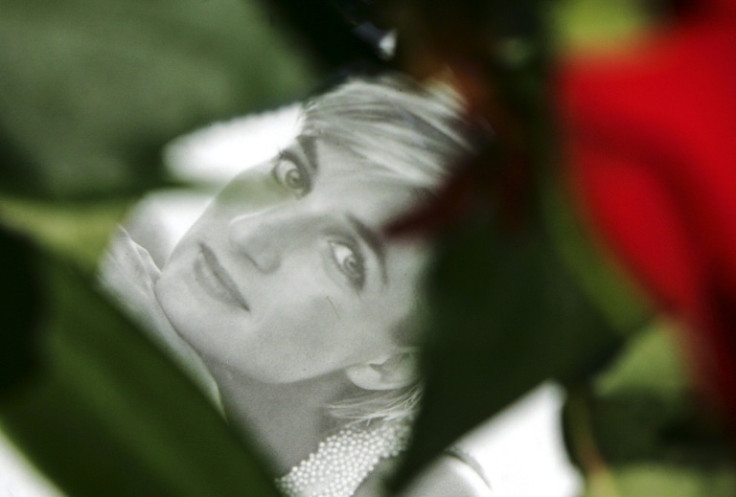
© Copyright AFP 2025. All rights reserved.







